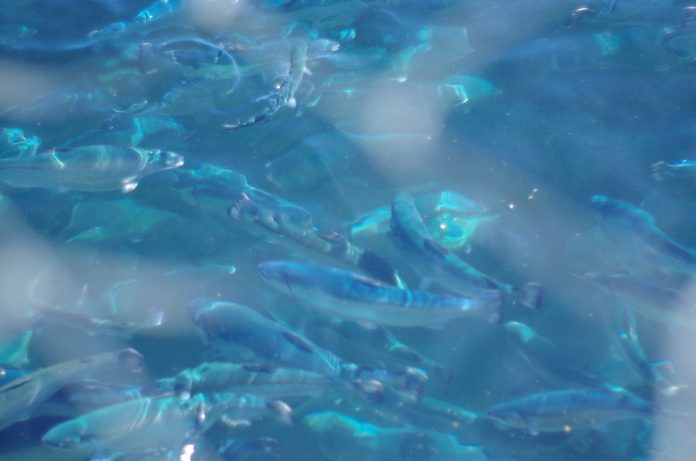The EU project Fishboost started in 2014 with the goal of improving European aquaculture for six species of farmed fish: Atlantic salmon, common carp, European seabass, gilthead seabream, rainbow trout and turbot.
According to a press release, the Nofima-led project will conclude in January 2019. Scientists from 14 research institutions, 11 companies and an NGO have studied a wide range of traits and developed tools and technologies to contribute to more balanced, sustainable and longterm profitable breeding programmes. The goal of Fishboost is to increase the efficiency and profitability of European aquaculture by enhancing all six species through advanced breeding methods.
Last projects
“Fishboost has contributed to increased awareness in Europe that breeding is an important part of fish farming,” said Anna Sonesson, project coordinator for the EU project.

Fishboost is one of the last projects granted funding under EU’s seventh framework programme. High requirements were set for dissemination of findings and large geographical spread in the project. The partners in the project have agreed that only the parties that find a result or innovation own it, but that knowledge about the result must be shared.
The partners in the project have agreed with EU that only the parties that find a result or innovation own it, but that knowledge about the result must be shared. “This means that no one else in the consortium is allowed to exploit your findings,” explained Sonesson.
Potential
Many breeding programmes in Europe have only selected for growth and other traits related to production efficiency. Fishboost has demonstrated the potential of also selecting for better disease resistance. For example, the partners have estimated the heritability of the main diseases for the species and mapped the genes behind them.
Fishboost has developed important tools such as gene maps and thousands of genomic markers, which show where on the DNA there is variation between animals. For example, genomic markers are used in genomic selection, which is more accurate than traditional breeding. In the Fishboost populations, accuracy using genomic selection was up to 22 % higher. But the method is expensive. The partners in Fishboost have developed ways to reduce the cost of using this method with the aim to increase the use of genomic selection in European breeding programmes.
Salmobreed
Fishboost has also developed better selection and phenotyping methods to increase production efficiency. The Norwegian industrial partner Salmobreed sees a potential for knowledge transfer between species:
“Much has been done to develop indirect methods for measuring feed utilization and production efficiency on several of the species in Fishboost. The research done on rainbow trout has a particularly high transfer value to salmon,” said Haavard Bakke, project manager at Salmobreed.
Partners in Fishboost have worked to optimize the design and profitability of the breeding programme when new traits are included in the breeding objective, taking into account different technological levels, reproduction and biology in the species.
“I hope and believe that the industry will make use of this knowledge and that it will contribute to higher quality in existing breeding programmes and stimulate the creation of new ones,” said Sonesson.
Nofima and other research partners have written new applications to continue their work, and Nofima has already been awarded two new EU projects in this field.

